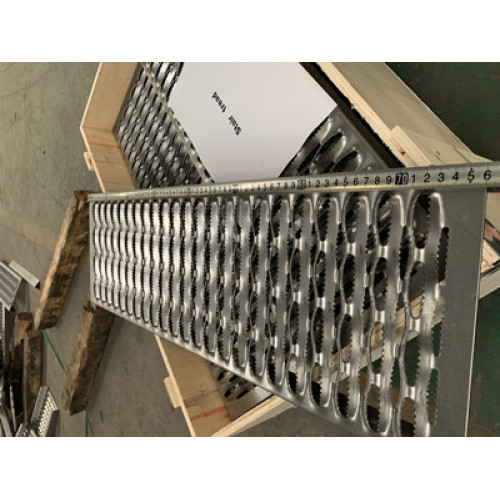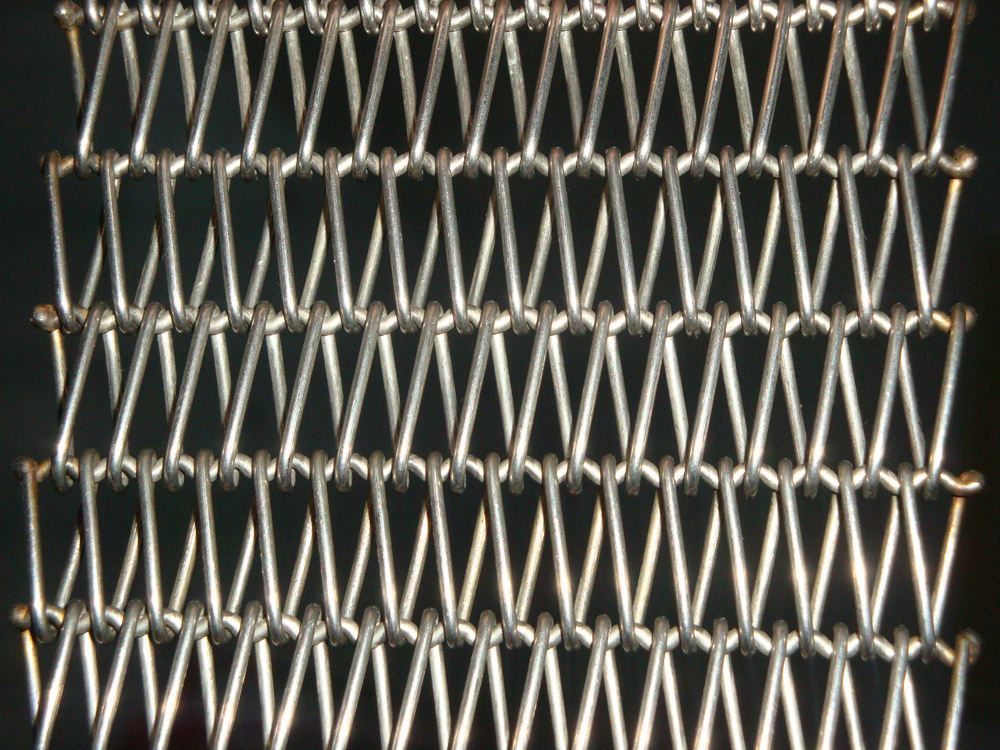In the printing production process, due to the influence of the printing platen, screen plate, scraper, paint printing paste, squeegee operation and post-processing, it is easy to cause print defects on the fabric, and the appearance of the product is affected. Reduce economic benefits. The following is a description of some common defects in the production of knitted underwear fabrics for flat screen printing and analysis of the main causes.
1. Inaccurate (error, misprint, wrong)
For patterns of two or more colors, one or several colors of patterns in all or part of the pattern on the printed fabric are disengaged or folded, and are not printed on the position to be printed, and are not in conformity with the pattern standard. Incorrect flowers.
Causes: (1) When the locator on the printing plate and the printing table or printing machine has a large gap, and the locator on the printing plate is loose, the force generated by the squeegee operation and the layout makes the printing plate move in the direction of force, and the pattern is not printed on the stencil. The location of India. 2 The distortion of the printing plate frame and the screens pasted on the plate frame are partially loosened or disengaged, and some of the patterns on the plates are removed from their original positions. (3) The difference in wet and dry degree of each printing plate in one pattern is larger, and the plate with higher humidity is more loose or partially loose. When the blade is running, the pattern of the plate moves to the direction of force, and the pattern on the fabric is local. Or all have different degrees of misalignment. 4 During the operation of the printing plate, the imprinted piece or cloth is moved so that the printed pattern is moved on the pad. 5 The tension of the screen when each printing plate is stretched differs greatly or unevenly. When the temperature and humidity are affected, the screen tension is small or the uneven layout pattern is easily displaced.
2. Penetration (diffusion, dip)
The edge of the outline of one or more color patterns on the fabric expands outwards, forming a rough color with the same color and lighter color on all or part of the edge of the pattern. When two patterns of different colors are connected or adjacent to each other A third hue appears. This phenomenon is called osmosis.
Reasons: (1) The content of thickener in the paint printing paste is insufficient or the amount of water is too much, and the paste viscosity does not meet the required requirements. Due to the faster flow speed of the printing paste, the pattern color paste on the fabric flows more toward the outside of the pattern edge, and the pattern outline is not clear. 2 During the printing operation, the speed of the squeegee is slow, the pressure is large, the amount of slurry is large, the frequency of reciprocation is frequent, etc., and the pattern will give too much slurry. Because the slurry load exceeds the amount of pulp on the fabric, the color paste bleeds out of the pattern. . (3) When the pattern area is large and the fabric has a large amount of pulp, the fabric after printing is stacked for a long time, so that the humidity of the fabric is increased, and the pattern color paste is easily spread outward. 4 When the printing paste is mixed, the dispersion is uneven or the printing paste is directly diluted with water, which affects or destroys the stability of the printing paste in the emulsified state. 5 When printing synthetic fiber fabrics and synthetic fibers on natural fiber blends or interlaced fabrics, because the synthetic fibers are hydrophobic, the printing paste can be easily osmotized into the pattern. 6 The organization of thin fabrics, sparse suction capacity is relatively small, particularly sensitive to the amount of pulp, a little more than the amount of colorant is prone to osmotic.
3. The exposed bottom (dry version)
The pattern on the fabric did not get enough color paste, the color was light and unclear, and the phenomenon that the bottom color of the fabric or the fine pattern was broken appeared as the exposed bottom.
Reasons: (1) Due to the deformation of the plate, the layout tilted away from the fabrics laid on the table, so that some of the patterns were insufficient (even produced desizing). 2 The speed of the scraper is fast, the pressure is small, the amount of slurry is insufficient, the scraper rubber is too hard, the cutting edge is too sharp, etc. It is easy to make the pattern insufficient. 3 pattern, part of the mesh plugging and color paste is too thick, so that the rate of color paste over the net, the fabric pattern on the lack of pulp. 4 Thick fabrics with coarse yarns or sparse tissue, due to the uneven surface of the fabric, the concave portion is easily pulped. 5 Partially low ink stamping pad or pad uneven, so that the fabric pattern on the lack of pulp. 6 The severe wrinkles of the fabric are not fully developed on the ink pad, or serious wrinkles are caused when the fabric piece is applied. The creases on the inside and the wrinkles on the sides of the printing cannot obtain the color paste, and the background color of the fabric is exposed.
4. Color difference
The difference between the color of a certain pattern on a printed fabric and a technical standard or a certain pattern color on a printed fabric is called a color difference. Chromatic aberration is the result of a combination of hue, brightness, and purity.
Reasons: 1 The hue, color light, color saturation, etc. of the used pigment pastes are inconsistent with the production process requirements. 2 It is not accurate to weigh the coating when preparing the paste. 3 There are different colors of residual paste in the container containing the printing paste. 4 The consistency of the pulp, the density, thickness, humidity of the fabric, the speed at which the squeegee runs during printing, the pressure, the amount of pulp, and other factors all affect the change in the hue, brightness, and purity of the pattern color on the fabric.
5. The shades of shades are uneven
The pattern of the same color on the fabric is inconsistent in color and shade. When the pattern area is large, it shows an irregular pattern of scattered flake or horizontal color and a regular longitudinal color pattern. The patterns are called uneven shades of shade.
Reasons: 1 When the printing operation, the speed and pressure of the scraper run inconsistent or uneven with the slurry, so that the pattern of the amount of slurry to give more or less, the fabric of the pattern of more pulp color darker. 2 When the running squeegee bounces or slightly lifts, the residual paste on the pattern surface passes through the mesh to the fabric, resulting in a darker horizontal color pattern. (3) The blade of the rubber blade is not evenly curved, and the pressure and the amount of slurry are not uniform when the blade is scraped, so that the pattern on the fabric exhibits a regular, inconsistent longitudinal color pattern. (4) The local low-convex or printed plate layout of the printing station is far from the fabric on the ink pad, which can also cause the pattern to be lack of pulp and light color.
6. Reprint (ghost image, double image, double print)
The pattern in the pattern on the fabric partially or completely presents a double image called a ghost image. Small area patterns and thin lines are easy to produce and obvious.
Reasons: 1 The artificial leather or plastic cloth on the surface of the printing table is thin or not stretched tightly, the pressure of the scraper running is large, and the artificial leather or plastic cloth is loosened before the edge of the scraper running direction, and the artificial leather or plastic cloth is laid on the ink pad. The fabric was also moved so that the pattern could not be printed in the position corresponding to the printing plate pattern, resulting in a double pattern. 2 When the printing plate layout is loosened or severely loosened locally, the operating pressure of the blade is slightly larger, the front plate surface in the running direction of the blade is loosened, the pattern on the plate surface is shifted, and the pattern printed on the fabric is printed. A double image is formed. 3 When printing, the positioner that aligns with the pattern acts with a large clearance or the positioner is loose. When the squeegee is in operation, it pushes the printing plate, and the back and forth operation of the squeegee causes shift printing of the screen. 4 The pattern printed on the fabric is not clear. When the printing is re-squeezed, the displacement of the fabric or plate is easily reprinted.
7. Twilight
The pattern of a certain color on the printed fabric is partially in contact with or adjacent to the pattern, and the same color or light and indistinct pattern or color stripe is referred to as a color.
Causes: (1) The height of the plate lifted from the platen is not enough. When one plater is detached from the plate and the other is not completely detached, the horizontal movement of the platen causes the pattern color of the fabric to pour out of the edge of the pattern. 2 The printing plate did not enter the ink pad positioner vertically and accurately, and the residual ink in the platen mesh was stuck on the fabric outside the pattern position. (3) When the pattern on the fabric is too thick or the back of the printing plate (contact surface with the fabric) has too much paste on the edge of the pattern, the printing plate can not be lifted or dropped properly.
8. Splash color (splash, fly color)
The phenomenon of color paste dots (oval shape with large color points) on a printed fabric that exhibits neither a regular distribution nor a certain size is called splashing.
Reasons: 1 When the scraper is running, the pressure is small or the fabric suction capacity is poor. If there is more color paste left in the pattern grid of the plate, if the surface of the printing table has a large viscosity, or the plate layout is loose, or the printing plate is loose, or the printing plate If the lift is too fast, the paste in the mesh will splash on the fabric due to viscoelastic movement of the layout. 2 When printing a wide crossbar pattern, the blade flutters up and down during running on the plate surface, and it is easy to eject a good slurry from the blade edge and fly onto the fabric of the plate. 3 The squeegee runs too fast on the plate surface, and it is prone to splashing when the color paste has a low viscosity.
9. Color point
The pattern on the printed fabric, with no regular dark dots or small thin lines, is called a color point.
Reasons: 1 Modulation printing paste, the paint paste is not fully dissolved, the printing paste filter screen mesh is too large or too much force, so that those particles do not dissolve dissolved through the mesh and then distributed in the mesh In the paste. Color paste printed on the fabric, the pattern part will appear a lot of tiny dark color points, printing paste has not dissolved when the larger group of paint particles squeegee formed a small dark lines. 2 Pigment printing pastes have been placed for a longer period of time and have precipitated. Some of the paint particles that are joined together will also have color spots as printed on the fabric. (to be continued)




